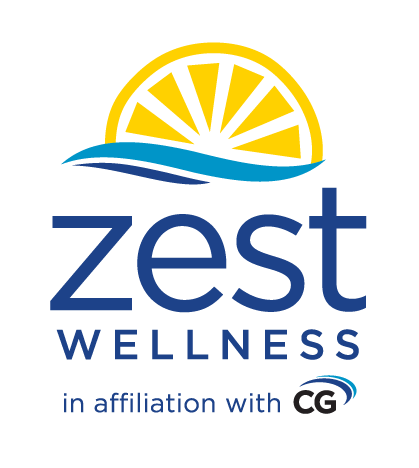The 13 Mile End Goal
The half marathon – providing more of a challenge than the 10k, however more palatable than a full marathon. This distance is sure to get your heart pumping and leave you feeling fit and accomplished. Try going that extra distance and take on hilly Bermuda this May 24th.
Here are a few tips to master the 13.1 miles, while building endurance, strength, speed and mental fitness to happily go the distance.
Start early. May 24th is three months away, which is more than sufficient if you have been already running short distances (approx. 10-15 miles per week) for the last six months. Not there yet? Gradually build up to that level by adding one mile to your long run each week so that you are prepared for next year.
Commit to a training plan. There are a multitude of training schedules on the Internet. Favorites include beginner through advanced programs from famous runners such as Hal Higdon and Jeff Galloway. Get some great plans for all levels here as well.
Understand the different types of training runs. Most training plans will list the type of runs you will be completing each week. The pace run, the easy run, the long run, and cross training are the most common types of days listed on a training plan. Each is important. The pace run should be run at your goal pace (if you have a time in mind) and will give you confidence and consistency for race day. The easy run is performed at an extremely comfortable pace and is important with keeping your mileage up while allowing for recovery. Your target pace for the easy run should be about 90 seconds to 2 minutes per mile slower than your half marathon pace. The long run mileage increases every week of the training plan and helps you build the distance slowly and safely, while mentally preparing you for the distance.
Pick a strength training or cross training day once a week. Non-impact cross-training, such as cycling, swimming, Pilates and yoga will help prevent injuries, while keeping your fitness level up. Aim to incorporate 30-40 minutes a week of lower body and core strengthening exercises (pushups, squats, lunges, planks, etc.) into your routine. Make sure you spend some time stretching and/or on a roller to pull out and lengthen the muscles that have been tightened by running.
Get plenty of rest. Rest days are important to replenish glycogen stores, build strength, and reduce fatigue. Your body requires rest to adapt to your hard work in the long term and prevent injury from overuse. The best time to take a day off in your work out schedule is the day after the long run.
It’s ok to walk. Use the tried and true walk-run method. This is how I completed my first marathon. Popularized by Jeff Galloway, this method will allow you to build up your endurance safely and surely. Depending on your fitness level, try starting at a ratio of 10 minutes running to 1 minute walking. If this ratio is too tough, lower the running time and build up. Make sure you perform the walk portion briskly to comfortably transition back to running.
Watch your nutrition. Adequate nutrition is important. You will be upping the calories spent and therefore the right nutrition intake will be essential. You require between 7 to 10 grams of carbohydrate per kilogram of body weight while training, especially for long runs so do not shy away from carbs. They will help to saturate the muscles with glycogen to fuel your training. Antioxidants, minerals and water will also be important during running. Keep it simple and stock your fridge with antioxidant, mineral-rich fruits and veg, whole grains, and lean meats (including inflammatory fighting omega-3 fatty fish). Stay hydrated throughout the day and be sure to replenish the lost water after your runs. During race day, consume water that is provided every second mile or so, especially given that May 24th tends to be the steamiest day of year.
Engage in positive self-talk. It is no surprise that positive self-talk has been linked to endurance performance. In one study, a group of cyclers were educated on positive self-talk and given motivational statements they could rely on during a bike test. A control group received no education. The positive self-talk group lasted 18% longer and perceived the exercise as easier than they did in the first test, while there was no change in the control group. Next time, try replacing your negative thoughts with positive thoughts such as “you’re doing great” or “you’re getting there”. Also visualizing yourself at the finish can help propel you there.
Get a support team. Join a running group or get a training buddy – ideally someone at the same pace or who can push you to go faster. My all time favorite place to train is Steve Burgess’ renowned track sessions on Wednesday nights at National Stadium. I still get butterflies before going to his track sessions, which now due to popularity has nearly 200 people within four training groups in three sessions. All levels are welcome.
Track your distance and how you feel. Do not forget to record your accomplishments. Apps such as Map my Run and Endomondo will help you pre-plan your routes and track your activity and nutrition.
Good luck and make sure to check with your physician prior to starting any exercise regime!





